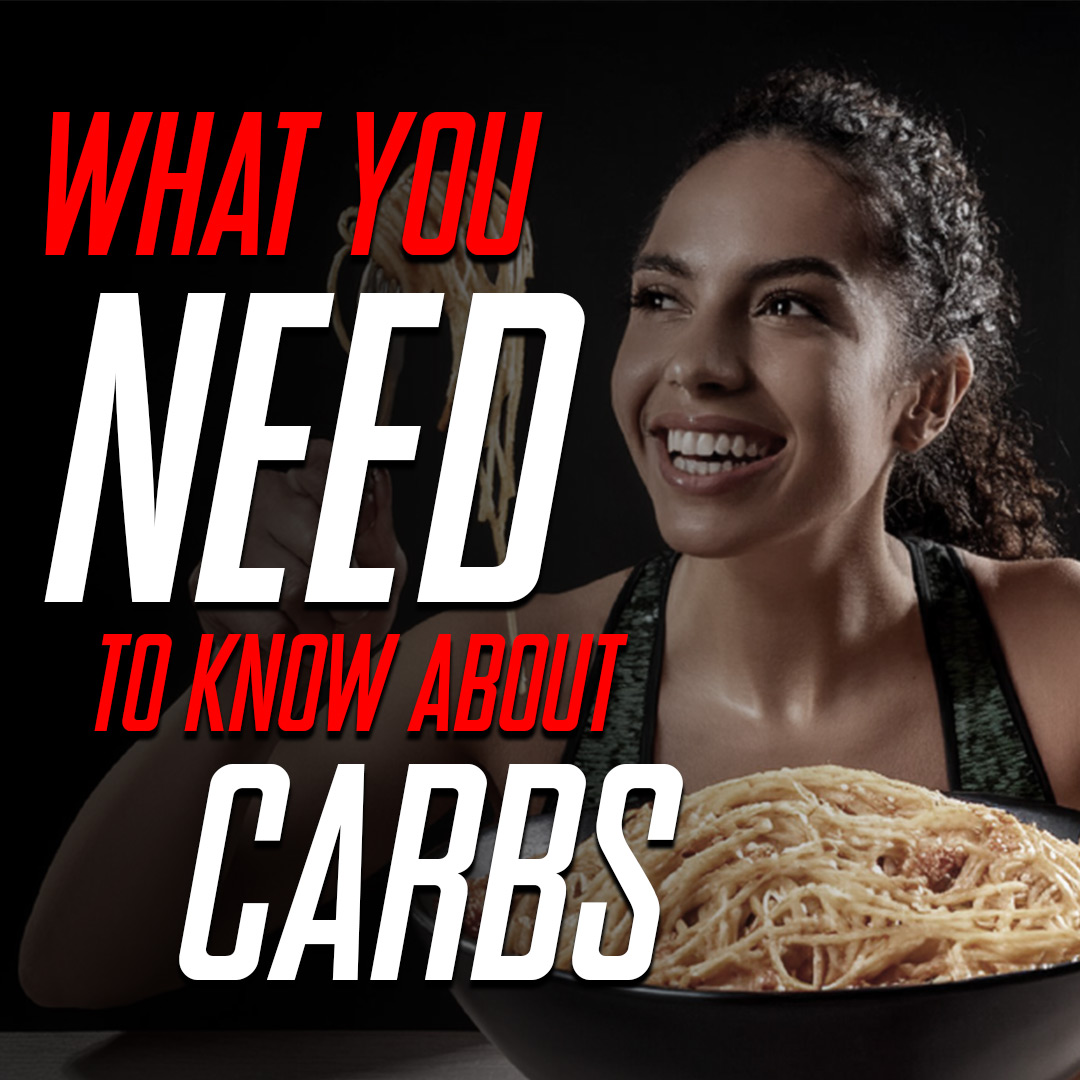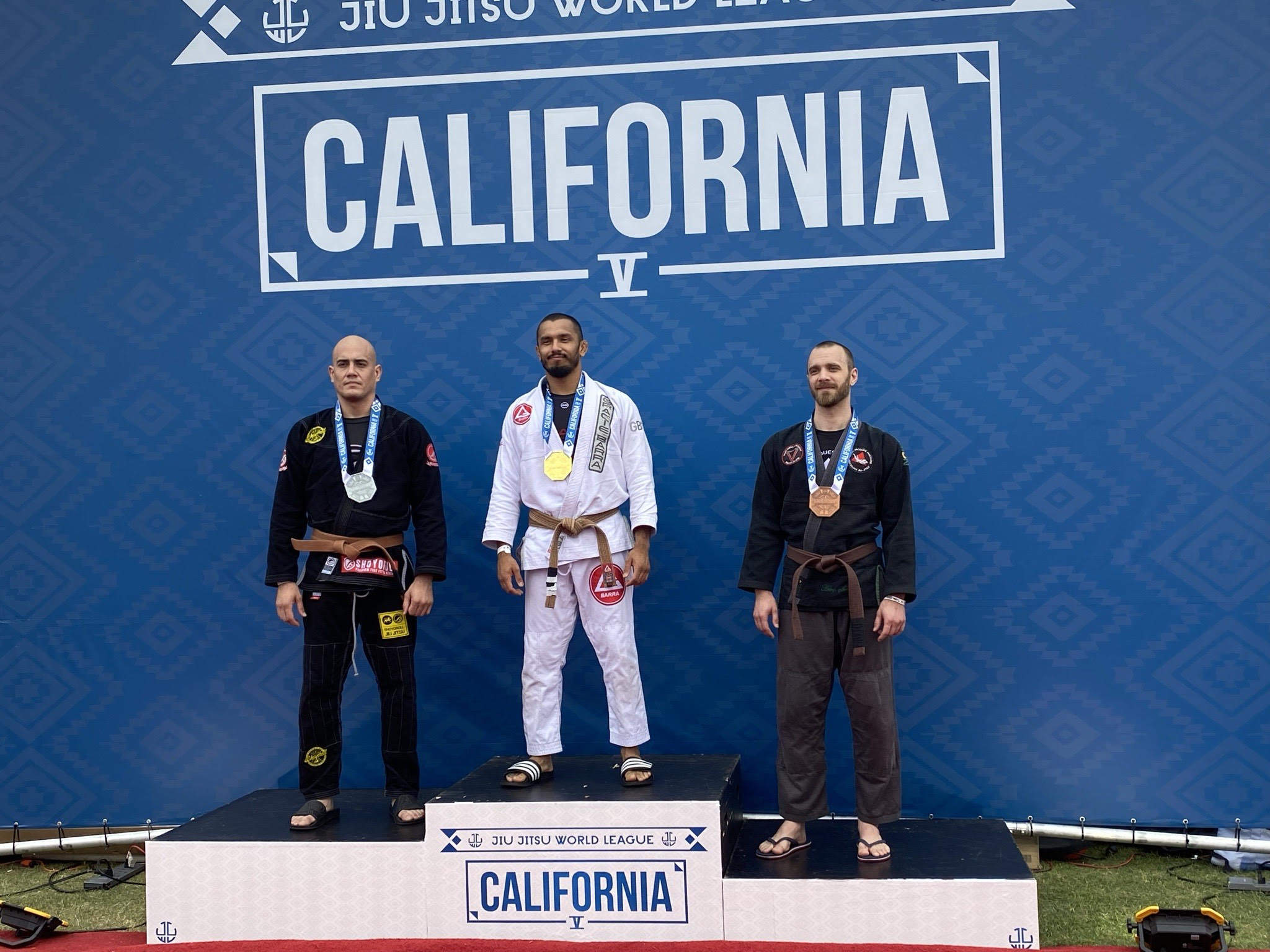
We all know that practice makes perfect, but why is that? Every time we practice something, our brain activates neural pathways to make our bodies function a certain way. The more you access these pathways, the more robust they become. With greater access to these pathways comes more power, speed, and / or control. This is part of our brain’s natural neuroplasticity, but there’s a lot more to it…
In This Article…
- What Is Neuroplasticity?
- How Does Neuroplasticity Effect My Training?
- Taking Advantage Of Your Neuroplasticity For Strength And Conditioning
Let’s say you want to get buff. Shredded. You want Arnold to blush at your manly pecs and swoon at the girth of your veiny biceps. Everyone knows the primary way to achieve this is through weight training. Lifting heavy things and putting them back down is a strange hobby when you think about it, but we cannot ignore the results.
Usually, when we think of elite weightlifters, we imagine buff dudes doing their best to pop all the blood vessels in their brains as they exert maximum effort with every repetition of their exercise. What they may not realize is that besides flexing their washboard abs, they are flexing their brain’s neuroplasticity.

What Is Neuroplasticity?
Some scientists spend their entire careers researching this topic, but we’re lazy and don’t have that kind of time, so we’ll just go over the basics. Neuroplasticity is the brain’s ability to adjust its function (get better at something) based on external stimuli (practice) by creating new neural pathways through neurogenesis and cortical remapping (creating new neurons and rewiring the connection from our brain to various parts of our body).
The adage ‘practice makes perfect’ is an oversimplification of this process. As we practice something, like a sport or artistic skill, our brain sends signals to the parts of our body (usually muscles) that are required to execute that practice. The more often you send those signals, the stronger they become. In other words, the more you execute that function, the better you get at it because your brain is literally laying new pathways to perform better at the task.
To sum this up with an analogy, imagine your brain is Los Angeles and your foot is New York. You want to kick a ball, because balls are jerks. In order to do so, your brain must send people (neurons) to your foot. As an infant, our brains can’t do much at one time, so for the sake of the analogy, these poor people have to walk from LA to NYC. As we grow older, and gain access to more neurons, our people get cars to take them to New York.
For our ball kicking analogy, the more cars that arrive, the harder and more accurate the ball gets kicked. The problem is, there’s only a single lane road (neural pathway) all the way from LA to NYC. It’s gonna take those cars a looong time to get there, and they won’t all arrive at once. As you get older and practice kicking the ball, your brain recognizes this is something it’s going to have to do a lot and adds lanes to the road. Now more cars can arrive, and everyone gets there faster.
You’re kicking well enough to make the soccer team at school now.
You continue practicing, and over time your brain adds busses, trains and planes until even that isn’t enough and eventually your brain adds more roads. Before you know it, thousands of people arrive from LA to NYC every day and you’ve won the World Cup (because of the ball kicking thing. Maybe we shouldn’t have mixed two metaphors). That’s basically what happens with your muscles as you practice something. Your brain opens new neural pathways to the areas responsible for performance, and you reap the benefits.
Another, simpler, example is the infamous pec pop.

Individuals that can perform this panty-dropping (is it really though?) move tend to be in good shape. While the act of having larger muscles makes the pec pop more obvious, it’s actually the product of having access to the neural pathways from the brain to the pectoral muscles that allows them to perform this trick. All because they practiced chest exercises and, as a result, promoted the creation of new neurons and pathways that can then execute more efficient functions throughout the body.
How Does Neuroplasticity Effect My Training?
Each time you perform a task involving motor skills (such as catching a ball or performing an arm bar) your brain sends signals to your muscles to execute the task a certain way. If the task is unfamiliar to you, or overly complicated, you approach the task slowly as you attempt to execute all the functions required to finish the skill.
Let’s look at the classic arm bar as an example.
When we first learn the arm bar it’s broken down into several steps: establish a connection, isolate the arm, break your opponent’s posture, rotate your hips, throw your leg over their head, clamp down, and raise your hips to finish. To a beginner, this is a daunting sequence of events. When you add in all the little details that take your arm bar for from sloppy to successful, it’s a lot to ask of your brain.
Over time, however, we repeat this motion enough that instead of breaking the technique down to its component parts, we create shortcuts in our brain. Isolating the arm and rotating the hips becomes one movement. Clamping down and raising your hips to finish becomes another. This technical shorthand takes pressure off our brain to perform that specific task and frees up cognitive load (brainpower) for other tasks.
We often refer to this as muscle memory.
Now, as fascinating as this process is (if you’re a nerd like me) it can also be to our detriment. Our brains are wired to believe that repetition implies significance. The more we see, hear, or do something, the more important it becomes and so our brain adapts to accept that stimuli in the most efficient way possible. Politicians and marketers love to exploit this little feature in our brain with what’s called the ‘illusory truth effect’. This can also negatively impact our workouts by enforcing bad habits.
Bruce Lee has a famous quote:
I fear not the man who has practiced 10,000 kicks once, but I fear the man who has practiced one kick 10,000 times.
Bruce lee
Bruce understood the value of repetition and establishing neural pathways to achieve excellence in a task. He was a pretty smart guy, and this quote is perfectly on point with this article. The problem is, if we practice the same kick one thousand times the wrong way, we’ve just made it even more difficult on ourselves than if we had done no kicks at all. Our brain works hard to establish the connections it needs to perform a task, and if after a year or two of practice you discover you’ve been doing it wrong, then you have to unlearn your previous habits.
This is summed up in the adage “You can’t teach an old dog new tricks.”
(Which is only partially true. As we get older neurogenesis decreases, but activities like exercise can stimulate the creation of new neurons. Pretty cool.)
Taking Advantage Of Your Neuroplasticity For Strength And Conditioning
Now that we know what it is and how it works, how can you make neuroplasticity work for you? The good news is, it already is. Whether you know it or not, your brain is constantly accepting stimuli and taking notes in the background, establishing connections and doing its very best to ensure your life runs smooth. We can, however, tap into this neurological process and make it work a little faster.
This goes for any type of learning, but when you’re training, remember the following:
Take it slow at first, and perfect your movements.
It’s more important to do it right than to do it fast. Don’t cheat reps. As you become comfortable with the movements, increased speed and power will come naturally.
Gradually increase difficulty in a safe, controlled environment.
Never challenging yourself is a surefire way to stifle your growth. Going through the motions is not the same as practicing. You should strive to constantly push yourself within the confines of safety. Adding more weight to an exercise or telling your training partner to ramp up the resistance will only make you better at performing the task.
Don’t let performance compromise your form.
As you push yourself, don’t compromise your form. Reinforcing bad habits will only make things harder for you later. Reinforce the proper neural pathways and be patient, the rewards will be greater in the long run.






